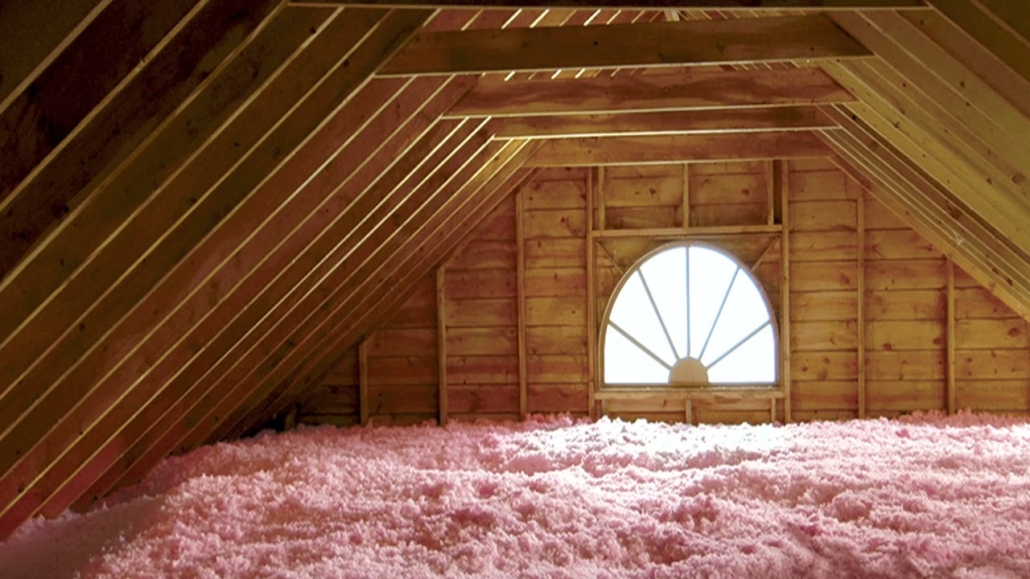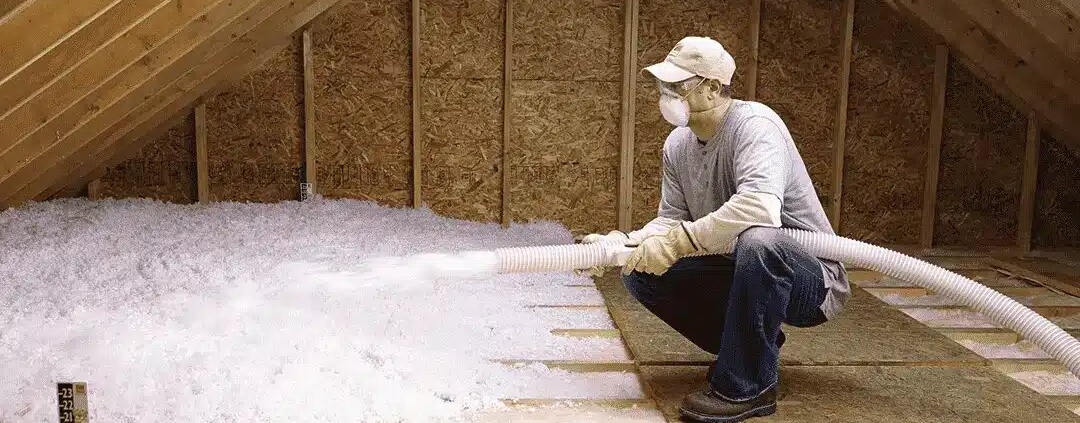The Role of R-Value in Attic Insulation: What Most Homeowners Overlook
Many homeowners focus on attic insulation but overlook the most critical factor: R-value. R-value isn’t just a number—it directly affects energy savings, indoor comfort, and moisture control. Ignoring it or misunderstanding its role can lead to overpaying for heating and cooling or developing mold-related issues in roofing structures. This guide explains R-value’s role in professional attic insulation, including how it influences building performance, what’s often misunderstood, and how it compares across insulation types.
Why R-Value Matters for Attic Insulation
R-value measures insulation’s resistance to heat flow. Higher values reduce energy loss.
What R-Value Actually Represents
R-value (resistance value) is a numerical rating that measures how well insulation resists heat flow. The higher the R-value, the more effective the insulation is at maintaining interior temperatures. It is calculated based on material type, thickness, and density.
Where Homeowners Get It Wrong
Many property owners choose insulation by cost or thickness without checking the R-value. Not all thick insulation has high thermal resistance. Some materials may look dense but underperform.
Why the Attic Needs Higher R-Values
The attic faces direct sun exposure, sharp temperature swings, and rising indoor heat. This makes it the most important zone for high-R-value insulation. A poorly insulated attic contributes up to 25% of a home’s total energy loss.
R-Value Requirements by Climate Zone
Building codes provide minimum R-value ranges for attic insulation, which vary by region.
Minimum Standards by Zone
| U.S. Climate Zone | Recommended R-Value (Attic) | |
|---|---|---|
| Zone 1 (Hot) | R30 – R49 | |
| Zone 2 (Warm) | R30 – R60 | |
| Zone 3 (Mild) | R38 – R60 | |
| Zone 4 (Mixed) | R49 – R60 | |
| Zone 5 (Cool) | R49 – R60 | |
| Zone 6 (Cold) | R49 – R60 | |
| Zone 7 & 8 (Very Cold) | R49 – R60 | Source: U.S. Department of Energy, 2025 updates |
Applying R-Value to Older Homes
Older homes, especially pre-1980s builds, often have attic insulation below R30. Adding new layers or replacing with modern materials can significantly reduce heating and cooling costs.

How Different Insulation Types Compare in R-Value
The insulation material affects both the R-value and how it performs over time.
Spray Foam vs. Fiberglass vs. Blown-In
| Insulation Type | R-Value per Inch | Typical Attic Use | |
|---|---|---|---|
| Closed-cell spray foam | R6.0 – R7.0 | High-performance sealing | |
| Open-cell spray foam | R3.5 – R3.8 | Sound dampening, air control | |
| Fiberglass batt | R2.9 – R3.8 | Budget-friendly installs | |
| Blown-in cellulose | R3.2 – R3.8 | Coverage in irregular spaces | |
| Blown-in fiberglass | R2.2 – R2.7 | Light density, low cost | Closed-cell spray foam delivers the highest R-value per inch. However, batt and blown-in fiberglass offer flexibility and lower up-front costs. |
R-Value Degradation Over Time
Fiberglass can lose R-value due to moisture or settling. Spray foam maintains its resistance longer and provides air sealing benefits.
Misconceptions About Adding More Insulation
More insulation doesn’t always mean better performance if it’s layered improperly or exceeds practical R-value thresholds.
When R-Value Gains Flatten Out
Each inch added gives diminishing returns. For example, going from R30 to R49 cuts heat loss significantly. But jumping to R60 provides only a small efficiency gain and may not justify the extra cost.
Layering Different Types
Mixing insulation types without air sealing can lead to thermal gaps. For example, placing fiberglass over old, compressed batts without addressing air leaks reduces effectiveness.
Air Sealing and R-Value Work Together
Insulation R-value assumes minimal air movement. Without proper sealing, actual performance drops.
Role of Air Leaks
Air leaks around ductwork, recessed lighting, or attic hatches allow heat to bypass insulation. This reduces the effective R-value, no matter how high the rating.
Why Spray Foam Improves R-Value Efficiency
Spray foam simultaneously insulates and seals, preventing conditioned air from escaping and outside air from entering. This improves comfort, controls humidity, and protects against ice dams in winter.

How to Evaluate or Upgrade R-Value in Your Attic
Assessing and upgrading attic insulation starts with checking existing R-value, identifying gaps, and choosing the right material.
Measuring Existing R-Value
Most homeowners can check existing insulation depth. For example, 10 inches of loose-fill fiberglass roughly equals R30. A professional evaluation gives better accuracy using infrared scanning and core sampling.
When an Upgrade Makes Sense
Signs that an attic needs more insulation: – Uneven temperatures between floors – High energy bills in winter or summer – Ice dams or attic condensation – HVAC system runs constantly Upgrading from R19 to R49 in colder zones can reduce energy use by 20% or more.
Conclusion
R-value is the defining metric for attic insulation effectiveness. It affects heating and cooling costs, interior comfort, and long-term building health. Most property owners underestimate its role, relying on insulation thickness or type alone. Understanding the differences between materials, how regional codes apply, and how air sealing impacts R-value performance can help make better insulation decisions. Closed-cell spray foam offers high R-value and built-in air control, while blown-in options give flexibility for retrofits. Start with an R-value check to determine if your attic meets current standards and delivers cost-efficient performance year-round.
Learn more about at: https://www.makeoverinsulation.com/?utm_source=backlink
FAQs
What is the ideal R-value for attic insulation in cold climates?
R49 to R60 is recommended for cold climates. This level of resistance minimizes heat loss and supports consistent indoor temperatures during winter.
Can you add new insulation over old insulation?
Yes, but it depends on the condition of the old insulation. If it’s wet, moldy, or compacted, it should be removed. If still in good shape, additional layers can be added.
Does spray foam insulation have a higher R-value than fiberglass?
Yes. Closed-cell spray foam provides R6.0–R7.0 per inch, while fiberglass batts typically offer R2.9–R3.8 per inch. Spray foam also air-seals as it insulates.
How do I know if my attic insulation is still effective?
Check for uneven coverage, signs of moisture, or reduced thickness. Temperature fluctuations and increased energy bills are also signs that insulation may need to be replaced or upgraded.
Is there such a thing as too much attic insulation?
Yes. Beyond R60, the return on additional investment is minimal in most climates. Excessive insulation without air sealing can also cause moisture retention and structural issues.
Reviewer: Ava Clark shared her input based on 6 years of working with spray foam insulation teams. Her focus on customer trust and communication helped shape key parts of this post.



Leave a Reply
Want to join the discussion?Feel free to contribute!